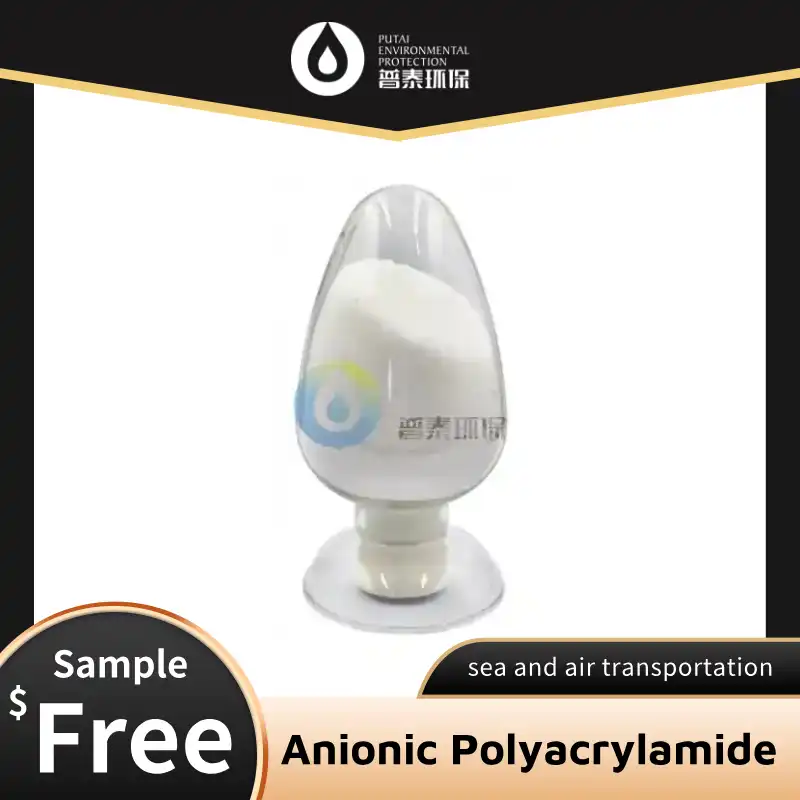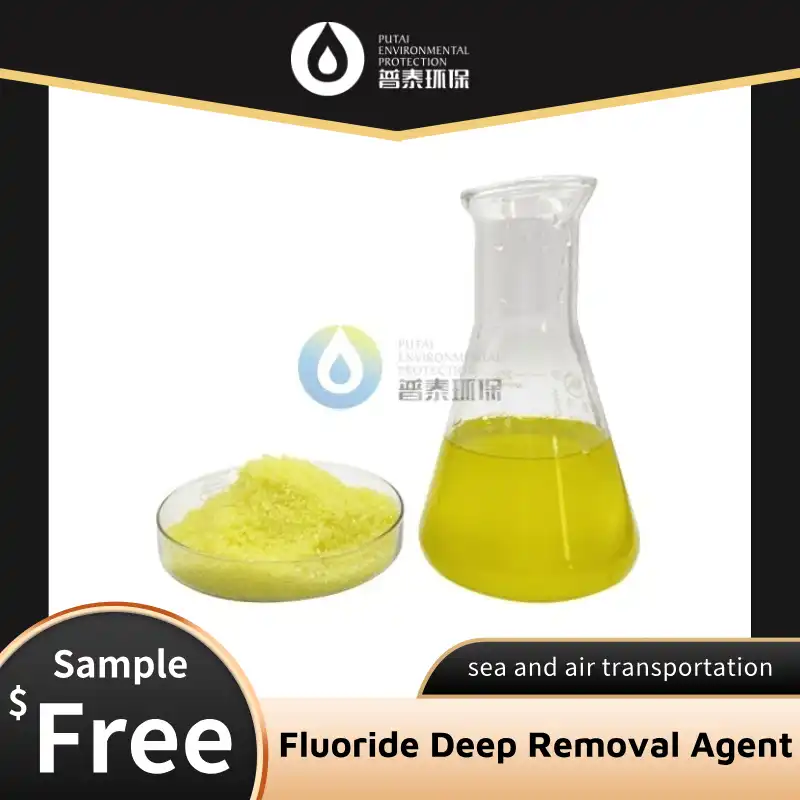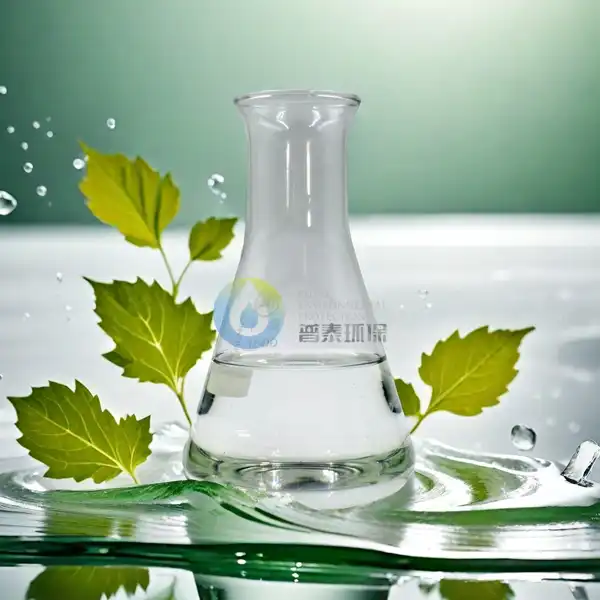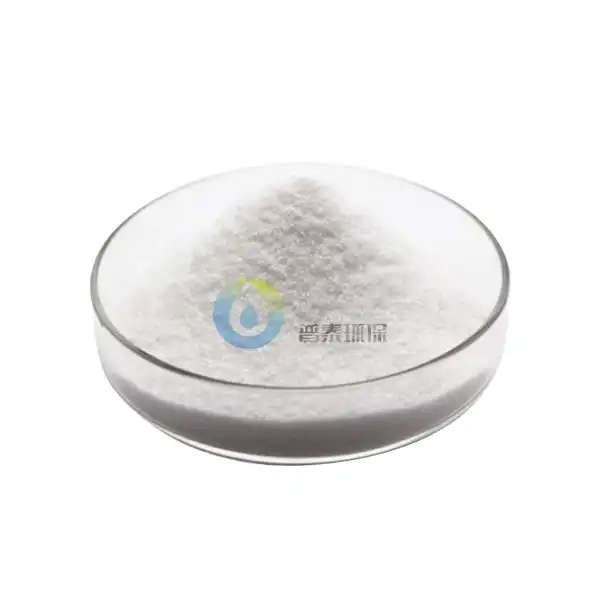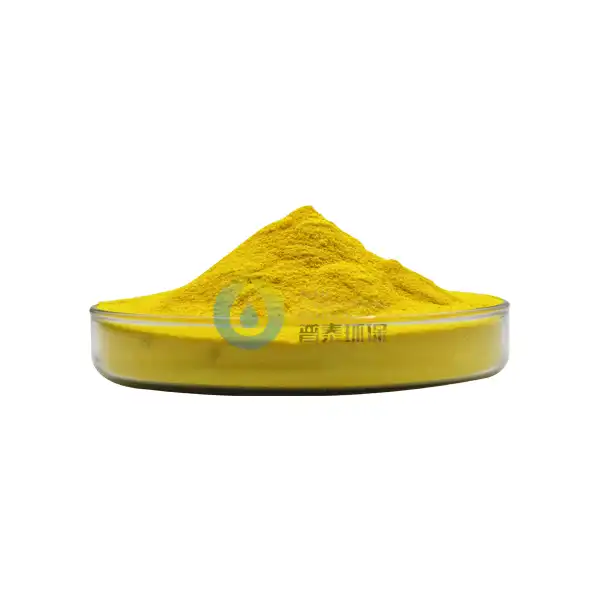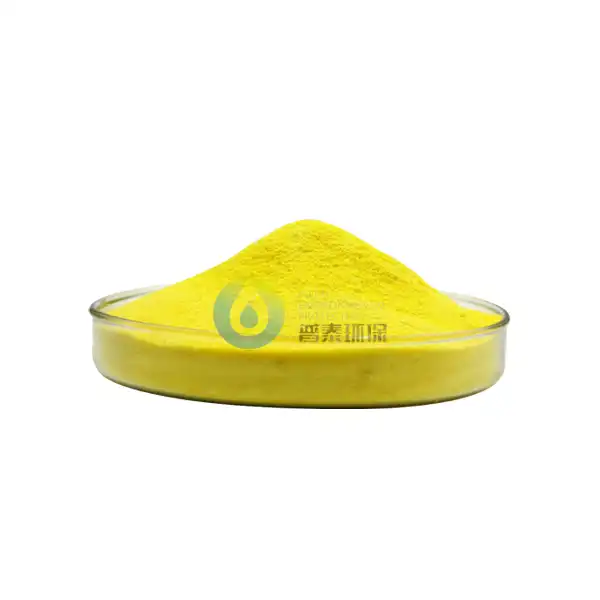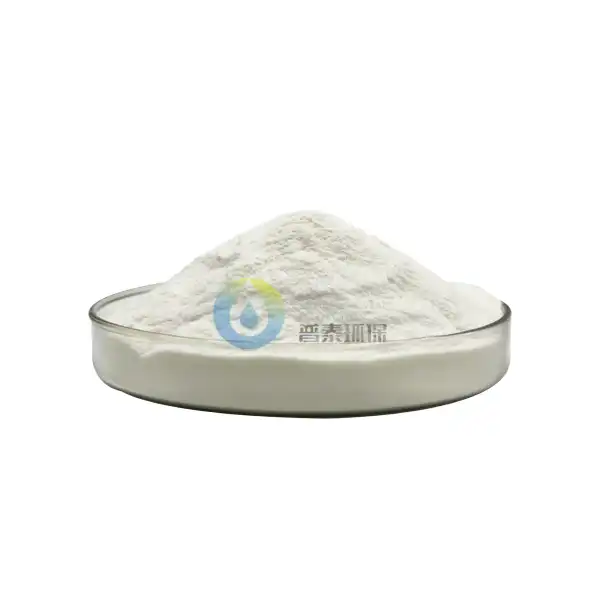How Does OEM Polyaluminum Chloride Compare to Other Water Treatment Chemicals?
In the realm of water treatment, Polyaluminum Chloride (PAC) has emerged as a highly efficient and versatile coagulant that offers numerous advantages over traditional water treatment chemicals. As municipalities and industries seek more effective and environmentally friendly solutions for water purification, OEM Polyaluminum Chloride has gained significant attention due to its superior performance characteristics and cost-effectiveness. This comprehensive analysis explores how PAC compares to other common water treatment chemicals and why it has become a preferred choice for many water treatment facilities worldwide.
What makes Polyaluminum Chloride more effective than traditional Aluminum Sulfate in water treatment?
Polyaluminum Chloride demonstrates several distinct advantages over traditional aluminum sulfate (alum) in water treatment applications. The fundamental difference lies in its unique chemical structure and behavior in water systems. PAC contains pre-formed aluminum polymer species that are significantly more effective at removing contaminants than the monomeric aluminum species formed when alum is added to water. This pre-polymerized structure allows PAC to function effectively across a broader pH range (5.0-8.0) compared to alum's more limited optimal pH range.
The superior performance of PAC is particularly evident in cold water conditions, where traditional alum struggles to form effective flocs. PAC's pre-formed polymeric species can maintain their effectiveness even at low temperatures, making it an ideal choice for facilities operating in colder climates or during winter months. Additionally, PAC produces stronger and larger flocs that settle more quickly, resulting in improved solid-liquid separation and reduced settling time in clarification processes.
Another significant advantage is PAC's lower dosage requirement compared to alum. Studies have shown that PAC typically requires 30-50% less product by weight to achieve the same or better treatment results. This reduced dosage requirement not only translates to lower chemical costs but also results in less sludge production, thereby reducing disposal costs and environmental impact. The reduced sludge volume is particularly beneficial for facilities with limited disposal options or those facing strict environmental regulations.
Furthermore, PAC's use results in lower residual aluminum levels in treated water compared to alum, addressing growing concerns about aluminum content in drinking water. This characteristic is particularly important for facilities that must comply with increasingly stringent regulatory requirements regarding aluminum residuals in finished water.
How does the cost-effectiveness of Polyaluminum Chloride compare to other coagulants in long-term water treatment operations?
When evaluating the cost-effectiveness of water treatment chemicals, it's essential to consider both direct and indirect costs associated with their use. While the initial purchase price of PAC may be higher than traditional coagulants like alum or ferric chloride, the total operational cost analysis often reveals PAC as the more economical choice in the long run.
The superior efficiency of OEM Polyaluminum Chloride leads to significant cost savings through multiple mechanisms. First, the lower dosage requirement means less chemical consumption overall, which can offset the higher unit price. For example, a treatment plant processing 1 million gallons per day might use 50% less PAC by weight compared to alum, resulting in substantial annual savings in chemical purchases.
Operational costs are further reduced through improved process efficiency. PAC's faster flocculation and superior settling characteristics lead to shorter retention times in settling basins, allowing for higher throughput or reduced infrastructure requirements. The stronger flocs formed by PAC also result in less breakage during filtration, extending filter run times and reducing backwash frequency. This reduction in backwash operations not only saves water but also reduces energy consumption and labor costs.
The reduced sludge production with PAC generates significant savings in sludge handling and disposal costs. Treatment plants using PAC typically report 20-40% less sludge volume compared to alum treatment, which translates to lower dewatering costs, reduced transportation expenses, and decreased disposal fees. For facilities paying by weight or volume for sludge disposal, these savings can be substantial over time.
Additionally, PAC's stability and effectiveness across varying water conditions reduce the need for supplementary chemicals like pH adjusters or filter aids. This simplification of the treatment process not only reduces chemical costs but also minimizes the complexity of operations and reduces the potential for operator error.
What environmental benefits does Polyaluminum Chloride offer compared to traditional water treatment methods?
The environmental advantages of OEM Polyaluminum Chloride over traditional water treatment chemicals have become increasingly important as facilities face stricter environmental regulations and growing pressure to adopt sustainable practices. PAC's environmental benefits manifest in several key areas, making it an attractive option for environmentally conscious water treatment operations.
One of the most significant environmental advantages is the reduced chemical footprint associated with PAC use. The higher efficiency of PAC means less chemical input is required to achieve desired water quality standards, resulting in fewer chemical transportation requirements and associated carbon emissions. This reduction in chemical usage also means fewer chemical containers and packaging materials, contributing to waste reduction efforts.
The lower sludge production characteristic of PAC treatment has substantial environmental implications. Less sludge means reduced landfill usage and fewer truck trips for sludge transportation, directly contributing to lower greenhouse gas emissions. The higher quality of PAC-produced sludge also opens up more opportunities for beneficial reuse, such as soil amendment or construction materials, further reducing environmental impact.
PAC's effectiveness in removing organic matter and other contaminants often results in higher quality treated water with lower levels of disinfection by-products (DBPs). This is particularly important as DBPs are known environmental pollutants that can have negative impacts on aquatic ecosystems. The reduced formation of DBPs not only improves compliance with environmental regulations but also helps protect sensitive aquatic habitats downstream of treatment facilities.
The chemical's stability and effectiveness across varying conditions also contribute to more stable treatment processes, reducing the likelihood of operational upsets that could result in environmental incidents. The broader effective pH range of OEM Polyaluminum Chloride means less chemical addition for pH adjustment, reducing the overall chemical burden on the environment.
Xi'an Putai Environmental Protection Co., Ltd. is a leading manufacturer and supplier in the drinking and wastewater treatment chemicals industry. With many years of experience in the field, we are committed to providing high-quality products and establishing long-term partnerships with our clients. Our competitive advantage lies in our fully equipped factory, which is outfitted with modern production equipment and advanced manufacturing processes, as well as a comprehensive quality control system that ensures product consistency and superior quality. Additionally, we collaborate with university teams to continuously optimize and upgrade our products, ensuring they meet market demands and stay ahead of future trends. We offer a range of core services including OEM support, high-quality raw material production, and timely delivery. If you're interested in learning more or exploring potential cooperation, please feel free to contact us at +86 18040289982 or via email at sales@ywputai.com. We look forward to the opportunity to work with you.
References
1. Water Research Foundation. (2023). "Comparative Analysis of Modern Coagulants in Water Treatment."
2. Journal of Environmental Management. (2023). "Environmental Impact Assessment of Various Water Treatment Coagulants."
3. American Water Works Association. (2024). "Cost-Benefit Analysis of Advanced Coagulants in Municipal Water Treatment."
4. Environmental Science & Technology. (2023). "Life Cycle Assessment of Polyaluminum Chloride in Water Treatment Applications."
5. Water Science & Technology. (2023). "Optimization of Coagulation Processes Using Polyaluminum Chloride."
6. Journal of Water Process Engineering. (2024). "Economic Evaluation of Modern Water Treatment Technologies."
7. Chemical Engineering Journal. (2023). "Performance Comparison of Different Aluminum-Based Coagulants."
8. Water Research. (2024). "Environmental Benefits of Advanced Coagulation Technologies."
9. Environmental Technology & Innovation. (2023). "Sustainable Water Treatment Methods: A Comprehensive Review."
10. International Journal of Environmental Research. (2024). "Advances in Water Treatment Chemical Applications."

